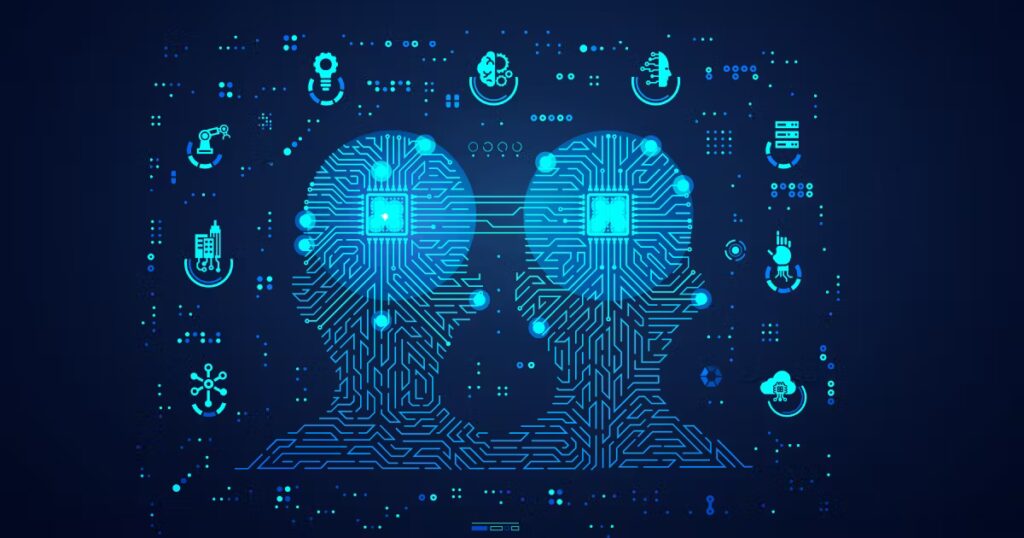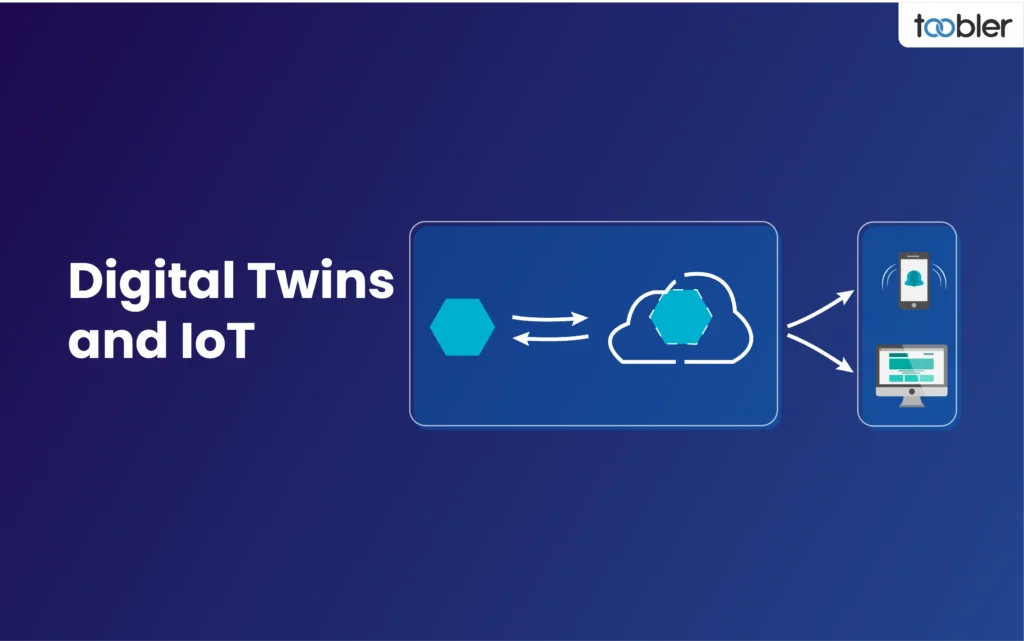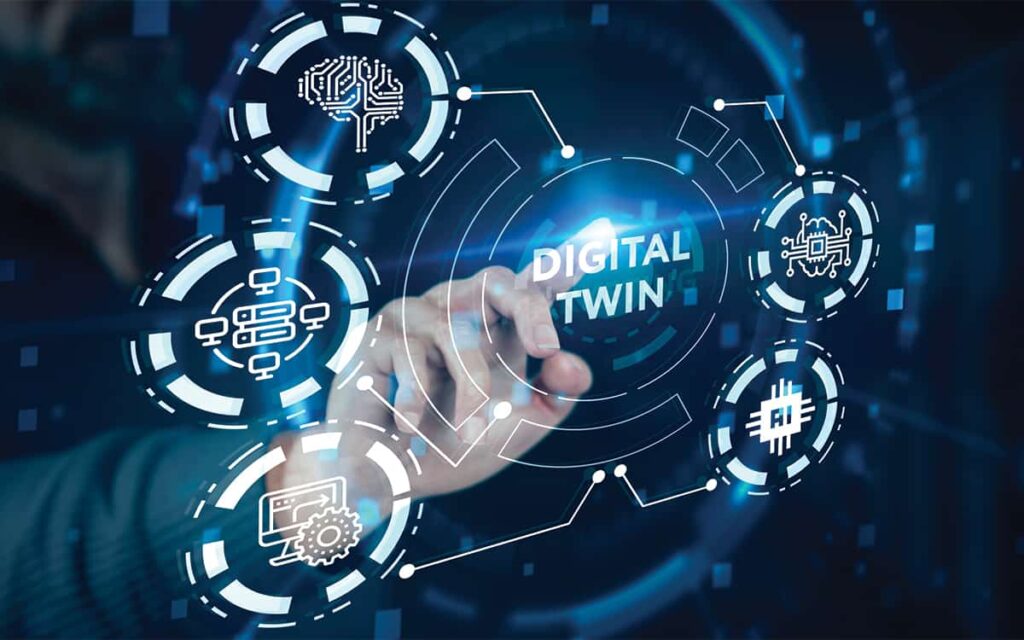The ever-evolving landscape of the Internet of Things (IoT) is witnessing a remarkable technological advancement: digital twins. These virtual representations of physical objects are rapidly transforming how we interact with the digital world. Offering real-time monitoring, analysis, and optimization capabilities.
Digital Twins: Revolutionizing the Internet of Things
Digital twins are virtual replicas of physical entities – devices, machines, systems, or even entire environments. Engineers create these replicas using real-time data gathered by sensors and processed to mimic their physical counterparts.
This digital representation allows for continuous monitoring, analysis, and simulation of the physical objec. Providing valuable insights and enabling data-driven decision-making.
Benefits of Digital Twins in the IoT
Enhanced Monitoring and Predictive Maintenance: Digital twins provide detailed, continuous insight into the performance and health of a physical asset. Real-time data allows for the identification of anomalies and deviations from normal behavior, enabling predictive maintenance. This proactive approach minimizes downtime, optimizes asset utilization, and saves costs by preventing unexpected failures.
Improved Design and Development: Digital twins allow designers and engineers to virtually test and simulate their creations before physical implementation. Analyzing the digital twin’s behavior and response to different scenarios allows designers and engineers to identify and address potential design flaws and failures early in development.
Optimized Operations and Efficiency: Digital twins facilitate real-time monitoring and optimization of operational processes. By analyzing digital twin data, organizations can identify inefficiencies, optimize workflows, and allocate resources effectively. This leads to improved operational efficiency, reduced waste, and increased productivity.

Digital Twins: Shaping a Smarter, Healthier, and More Secure Future
Digital twins are no longer a futuristic concept; they’re rapidly transforming how we design, manage, and interact with the physical world. These virtual replicas of real-world objects and systems are playing a crucial role across various sectors, from smart cities to personalized medicine.
Smart Cities Powered by Digital Twins
Digital twins are revolutionizing urban planning and management. By creating virtual representations of urban infrastructure – transportation systems, buildings, and utilities – city planners can simulate and optimize resource allocation, traffic flow, energy consumption, and environmental impact. This leads to sustainable urban development, efficient resource management, and an improved quality of life for citizens.
Imagine predicting traffic congestion before it happens, optimizing energy grids for maximum efficiency, or simulating the impact of new construction projects before they even break ground. Digital twins make all this possible.
Personalized Medicine and Digital Twin Technology
In healthcare, digital twins hold immense potential for personalized medicine. Combining patient-specific data with medical knowledge and simulation models, healthcare professionals can create individual digital twins.
These twins can simulate the effects of different treatments, predict disease progression, and optimize personalized treatment plans, resulting in improved patient outcomes and reduced healthcare costs. This personalized approach moves beyond one-size-fits-all solutions, offering more effective and targeted care.
The Future of Digital Twins: AI Integration and Beyond
The future of digital twins is brimming with exciting possibilities:
AI-powered Insights: The integration of artificial intelligence (AI) and machine learning (ML) will unlock even greater potential. AI-powered digital twins can autonomously analyze vast datasets, identify patterns, and make intelligent predictions, leading to proactive decision-making, automated optimization, and adaptive control systems.
Collaborative Digital Twins: Imagine a collaborative ecosystem where manufacturers, suppliers, and customers can interact and share data within a virtual environment. This collaborative approach will enhance supply chain visibility, streamline coordination, and enable rapid responses to changes and disruptions.
Cybersecurity through Simulation: Digital twins can create virtual replicas of complex IT systems, networks, and infrastructure. These replicas act as testing grounds, allowing for the analysis of potential security vulnerabilities and threats. By identifying and addressing security risks in the virtual realm, organizations can strengthen their physical assets against cyberattacks, significantly reducing the risk of costly breaches.

Embracing the Power of Digital Twins
Digital twins are transforming our interaction with the physical world in the IoT era. From enhanced monitoring and predictive maintenance to improved product design and development, their value across numerous industries is undeniable.
Embracing digital twins and harnessing their power will allow organizations to optimize operations, drive innovation, and shape a future that is smarter, healthier, and more secure.
The journey has only just begun!

